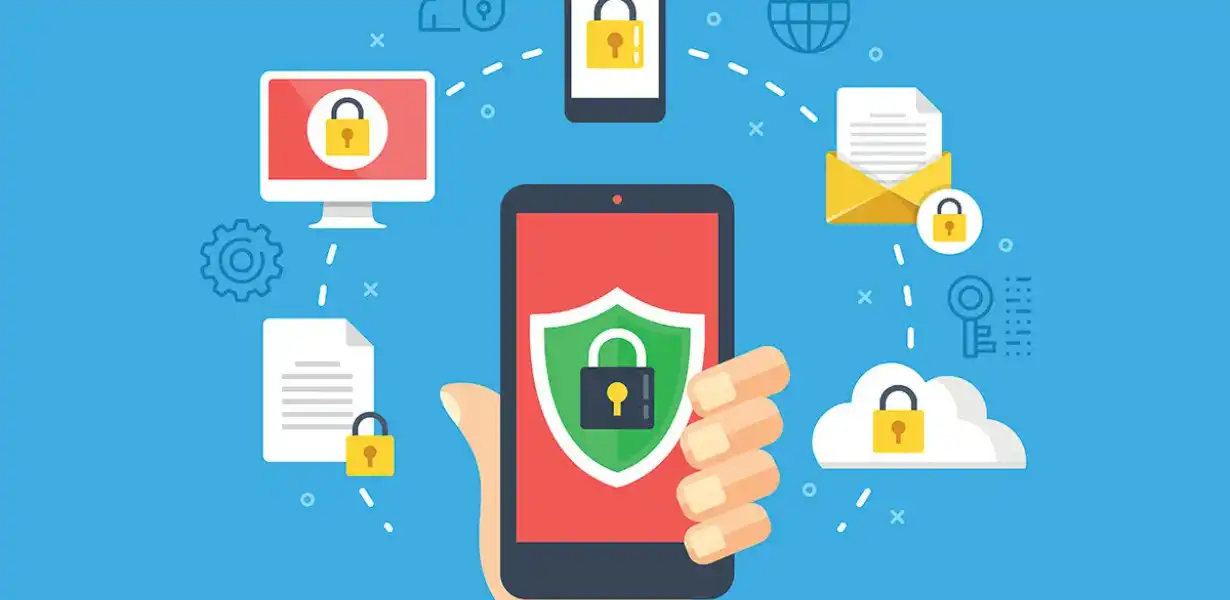
Protecting Your Mobile Navigation Data: The Latest in Privacy and Security Features
- Post
- August 7, 2023
- Mobile & Responsive, Mobile Navigation, Web Design
- 0 Comments
In the ever-evolving digital landscape, mobile devices have become an integral part of our lives, providing us with convenience and connectivity on the go. However, with the increasing usage of mobile navigation for various tasks, the concern over privacy and data security has also escalated. In this blog, we delve into the latest privacy and security features that will safeguard your mobile navigation data and protect you from potential threats.
Understanding the Importance of Mobile Navigation Security
Mobile navigation bars and menus are the gateways to various apps and services on our smartphones. They contain valuable data about our preferences, recent activities, and even personal information. Unfortunately, this valuable data can be targeted by malicious entities if not properly protected. Understanding the significance of mobile navigation security is the first step in safeguarding your data.
Mobile Navigation Data Vulnerabilities
To effectively protect your mobile navigation data, it’s essential to be aware of the potential vulnerabilities that may compromise your privacy. Some common vulnerabilities include:
Insecure Network Connections: Public Wi-Fi and unsecured networks can expose your data to hackers.
Third-Party App Access: Some apps request unnecessary access to your mobile navigation data, putting your privacy at risk.
Phishing Attacks: Malicious links or fake apps can trick you into revealing sensitive information.
Outdated Software: Using outdated mobile operating systems can leave you susceptible to security breaches.
The Evolution of Mobile Navigation Security
Thankfully, mobile operating systems and app developers have recognized the need for enhanced security measures. The latest updates and features focus on protecting your data and ensuring a safer mobile navigation experience.
Biometric Authentication for Access Control
One of the most significant advancements in mobile navigation security is biometric authentication. This feature uses unique physical attributes such as fingerprints, facial recognition, or iris scans to ensure that only authorized users can access sensitive data.
Enhanced Encryption Protocols
Encryption is a critical aspect of data security. With advanced encryption protocols, your mobile navigation data is transformed into unreadable code, making it extremely challenging for hackers to decipher.
Two-Factor Authentication
To add an extra layer of security, many apps and services now offer two-factor authentication. This method requires users to provide two forms of identification before granting access, reducing the risk of unauthorized access.
Privacy Settings and App Permissions
Modern mobile operating systems have introduced more robust privacy settings and app permissions. You now have greater control over what data each app can access, ensuring that your information is not needlessly exposed.
Secure Sockets Layer (SSL) Certificates
Websites that handle sensitive information, such as login credentials or payment details, use SSL certificates to establish secure connections. This helps protect your data while browsing the web on your mobile device.
Best Practices for Protecting Mobile Navigation Data
In addition to the built-in security features, adopting certain best practices can further enhance the protection of your mobile navigation data:
Regular Updates: Always keep your mobile operating system and apps updated to ensure you have the latest security patches.
Avoid Public Wi-Fi: Refrain from connecting to public Wi-Fi networks, as they are often unsecured and prone to data interception.
Review App Permissions: Regularly review the permissions granted to each app and revoke unnecessary access.
Use a VPN: Consider using a Virtual Private Network (VPN) to encrypt your internet traffic and protect your data while browsing.
Be Cautious of Phishing: Stay vigilant against suspicious links or messages that may lead to phishing attempts.
Final Words
In conclusion, securing your mobile navigation data is vital in today’s digital age. By understanding the potential vulnerabilities and leveraging the latest security features, you can protect your privacy and enjoy a safer mobile experience. Remember to stay informed about the evolving threats and follow best practices to keep your data secure.
Commonly Asked Questions
Q1: How can I enable two-factor authentication on my mobile device?
Enabling two-factor authentication varies based on your device and the apps you use. Typically, you can find this option in the security settings of your account. Look for the “Two-Factor Authentication” or “Two-Step Verification” section to set it up.
Q2: What should I do if I suspect a phishing attempt on my mobile device?
If you receive a suspicious link or message, do not click on it. Instead, report it as phishing to your app provider or delete the message immediately. It’s essential to stay cautious and not disclose any personal information.
Q3: Are all public Wi-Fi networks unsafe for browsing on my mobile device?
While not all public Wi-Fi networks are unsafe, it’s best to exercise caution when using them. Avoid accessing sensitive data or making financial transactions while connected to public Wi-Fi to minimize potential risks.
Q4: Can I use a VPN on my mobile device?
Yes, you can use a VPN on your mobile device. Many VPN providers offer apps compatible with both Android and iOS devices. Install the app, connect to a server, and your internet traffic will be encrypted, adding an extra layer of security.
Q5: How often should I update my mobile operating system and apps?
Regular updates are crucial for maintaining security. Check for updates at least once a month and enable automatic updates whenever possible to stay protected against the latest threats.




